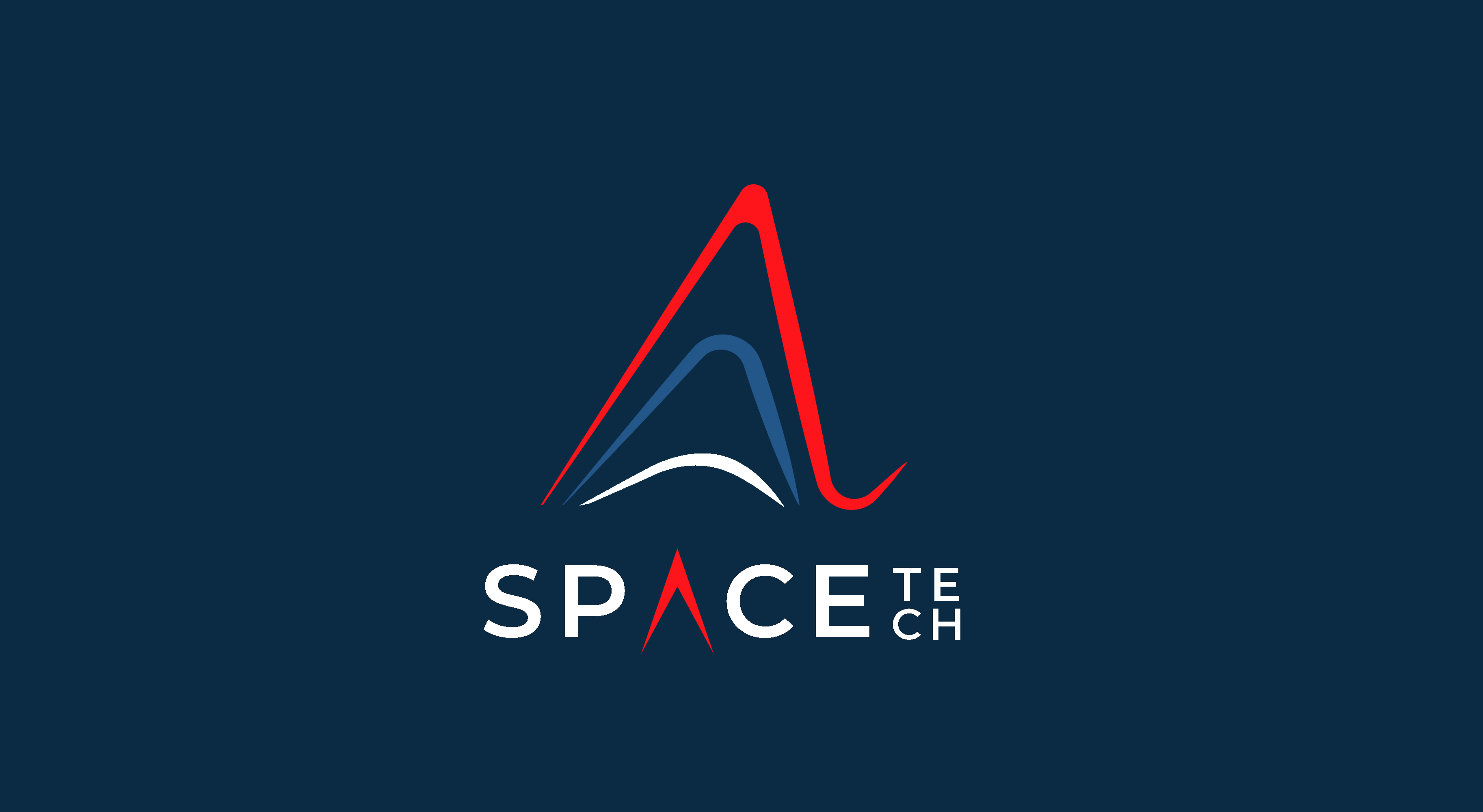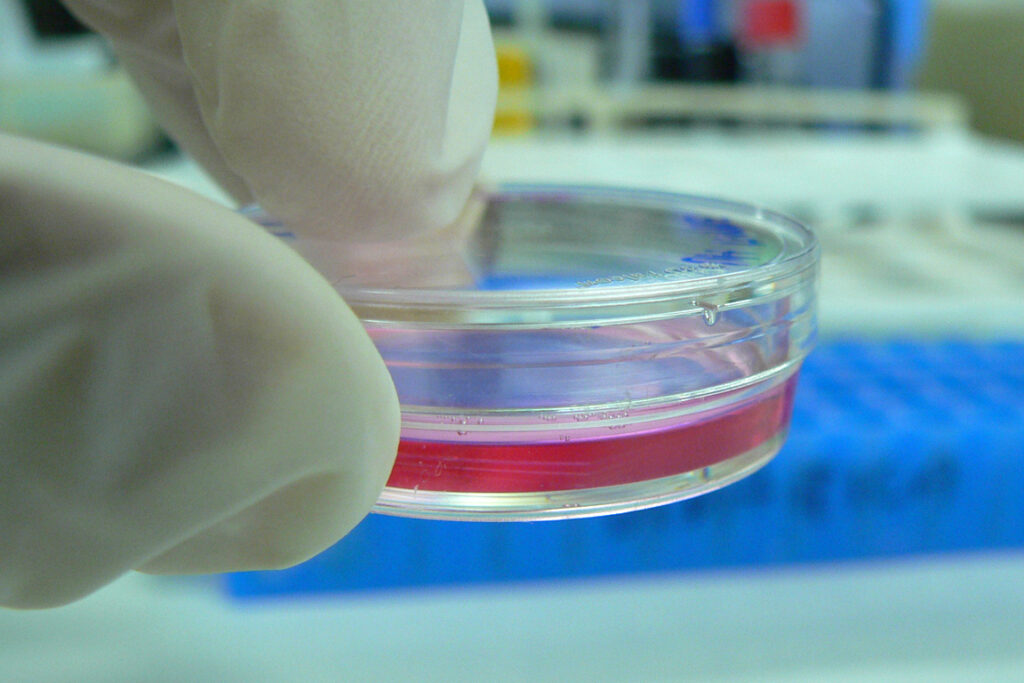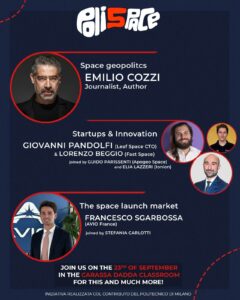Amongst PoliSpace’s many facets and organizational subdivisions, there exists an ecosystem where highly technical and more self-contained projects take place. This is SpaceTech, the technical department of PoliSpace. Here, engineering projects are proposed, developed and managed for internal use, competitions, or even other entities and external companies! Due to this very nature, active projects have varying life cycles and change over time. So, just what is SpaceTech working on?
GEM-GCR
Originally proposed by renowned doctor in hematology, Professor Lucio Luzzatto, GEM-GCR is another challenge PoliSpace has recently taken on. The GEM-CGR (GEnetic Mutations due to Galactic Cosmic Rays) project aims to measure mutation rates in human genes caused by exposure to galactic and solar cosmic rays (GCR and SCR) during space travel. Previous experiments have used animal cells, or DNA repair mechanisms, but no direct measurement of mutation rates on human genes has been attempted. So, how will the GEM-GCR team do this?
The project proposes utilizing a sentinel gene (which can indicate mutations across other genes in the body) to detect these mutation rates. Particularly, cell cultures containing the sentinel gene will be launched into the stratosphere using externally sourced high-altitude balloons, so the cultures are exposed to different levels of cosmic radiation for some weeks. The team’s current work is focused on research and material gathering, so that in the near future the habitat can be assembled, including a physical sealed case for the cultures and sensors to be held, the sensor array to monitor the habitat and guarantee the cell’s survival, and a series of actuators including a heating and pressure system to ensure the environment is controlled and suitable for the cultures, as well as a feeding system for the culture.
As a new project, we are excited to see how GEM-GCR evolves and what they learn through this one-of-a-kind experiment! Helmed by their very own Project Manager, Sargis Martirosyan, the project is already off to a running start, and we can’t wait to see what comes next.
Satellify
Satellify is another of our new projects. It aims to create an open-source, user-friendly platform designed to optimize satellite mission planning and simulation. Particularly, a modular and customizable approach is taken. This allows users to include or ignore various aspects of a simulated satellite mission to fit their specific requirements and preferences. Coupled with the open-source configuration, users can effectively model exactly what they wish to!

Currently, the project is focusing on orbital mechanics, such as orbit changes and planning operations within the solar system, but Satellify aims to expand its features to include thermal analysis, radiation effects and more! As part of its modularity, the platform seeks to be able to accommodate users of different skill levels, eventually allowing inclusion of more complex aspects for more advanced users as well as selection of only basic orbital mechanics parameters. Parameters related to varying subsystems, such as battery charge and capacity for electric subsystem, fuel consumption and capacity for the propulsion subsystem, are also considered as possible future inclusions.
We are eager to see just how far Satellify can go, and we are sure the tool will be incredibly helpful to professionals and students alike. Brought to life by Project Manager Sara Santoro, the project is in great hands!
MEEVA V2
As you may recall from a past article, one of our SpaceTech projects, MEEVA, was coming to a close. MEEVA (Medical Equipment for ExtraVehicular Activities) was a project to design and test an undervest for analogue astronauts, allowing health and stress monitoring during missions, whilst doubling as a thermal regulator. Utilizing strategically placed sensors, the system would collect data on heart rate, skin temperature, core temperature, allowing real time data analysis and monitoring from a mission control center. Additionally, a temperature regulation system was designed, focusing on drawing heat away from the analogue astronauts’ bodies in the event of overheating. Through a series of pumps and channels containing circulating liquid coolant, heat was extracted and transported to a phase change material where it was stored, therefore mitigating overheating of the analogue astronaut.
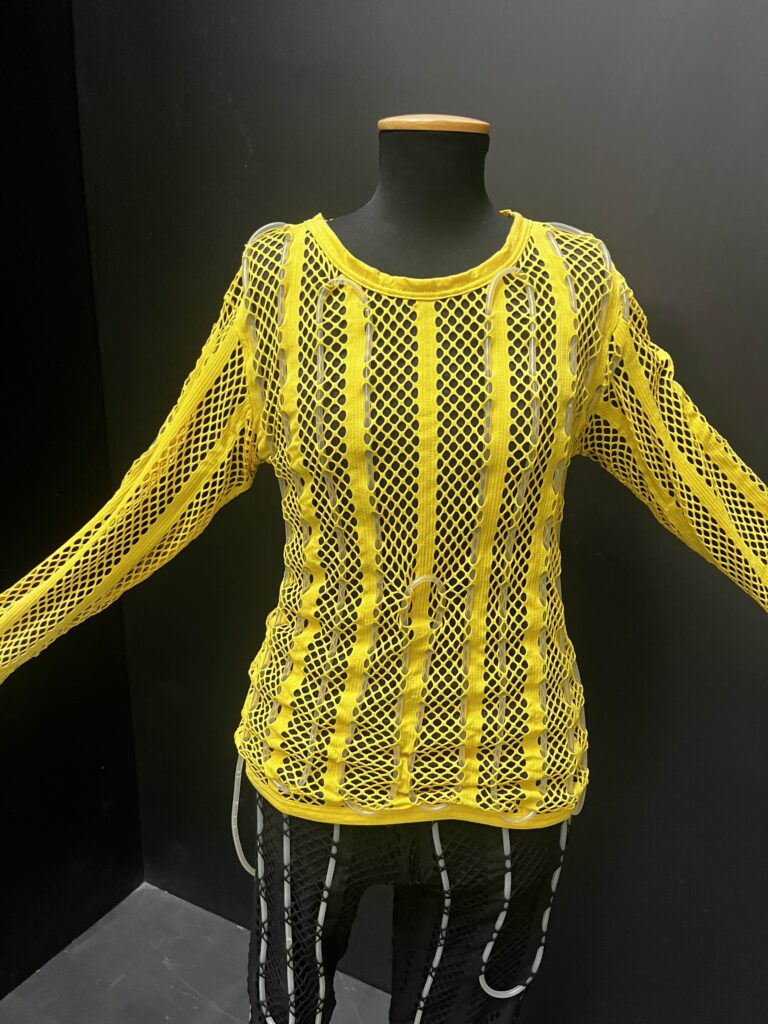
After a successful test of MEEVA in the analogue mission Asclepios IV some months ago, we are pleased to share that the MEEVA project is still ongoing in the form of MEEVA V2. MEEVA V2 will build upon the first prototype and integrate improvements based on the user feedback which the Asclepios IV analogue astronauts presented the team with. The focus will be on refining the usability of the system, making it more compact and user friendly, especially for those with less experience or context surrounding the equipment. In-practice collection and analysis of stress level data is also planned for this iteration, granting valuable information to validate and drive further design. Other minor upgrades and separate studies are also planned, including for instance the theoretical exploration of a pumpless system where the user movement powers the cooling fluid’s flow.
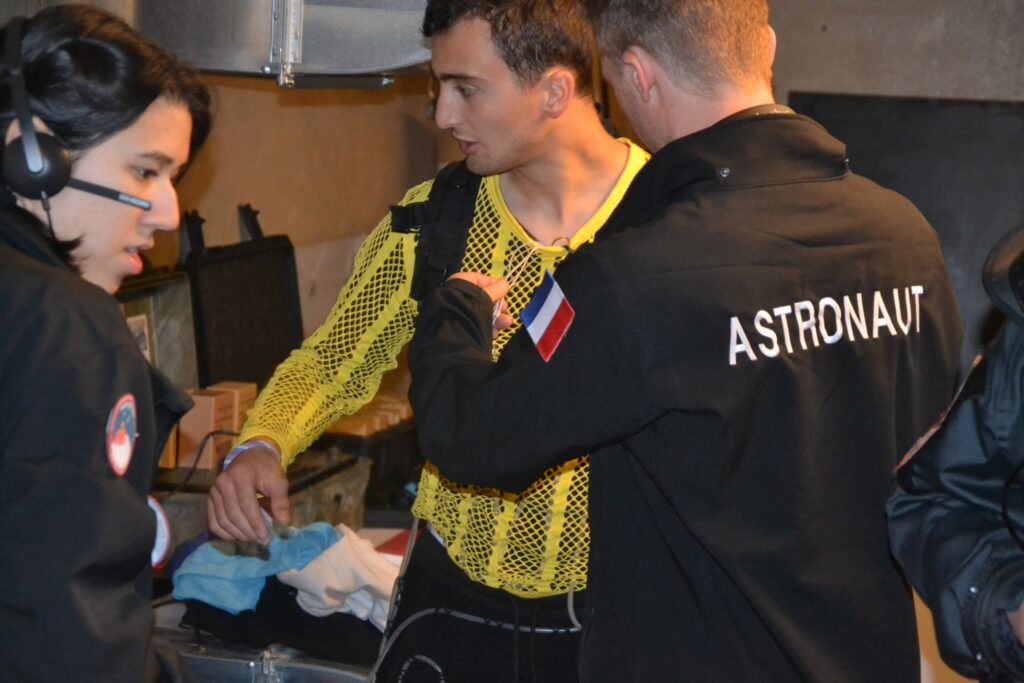
With the success brought about with the original prototype, we are sure MEEVA V2 will present great growth in the concurrent development of our undergarment. With Project Manager Pierfrancesco Pinto, with experience from the previous iteration, the only way to go is up!
Ground Station
The Ground Station project aims to establish a functional ground station right on campus, allowing the handling the reception of scientific data and mission management via telemetry, right from PoliMi! Primarily, the project aims to support CubeSat missions, and a first step had been taking through the implementation of a simple V Dipole antenna, capable of receiving low-resolution images from NOAA meteorological satellites using software-defined radio and open-source software like SatDump to decode the data.
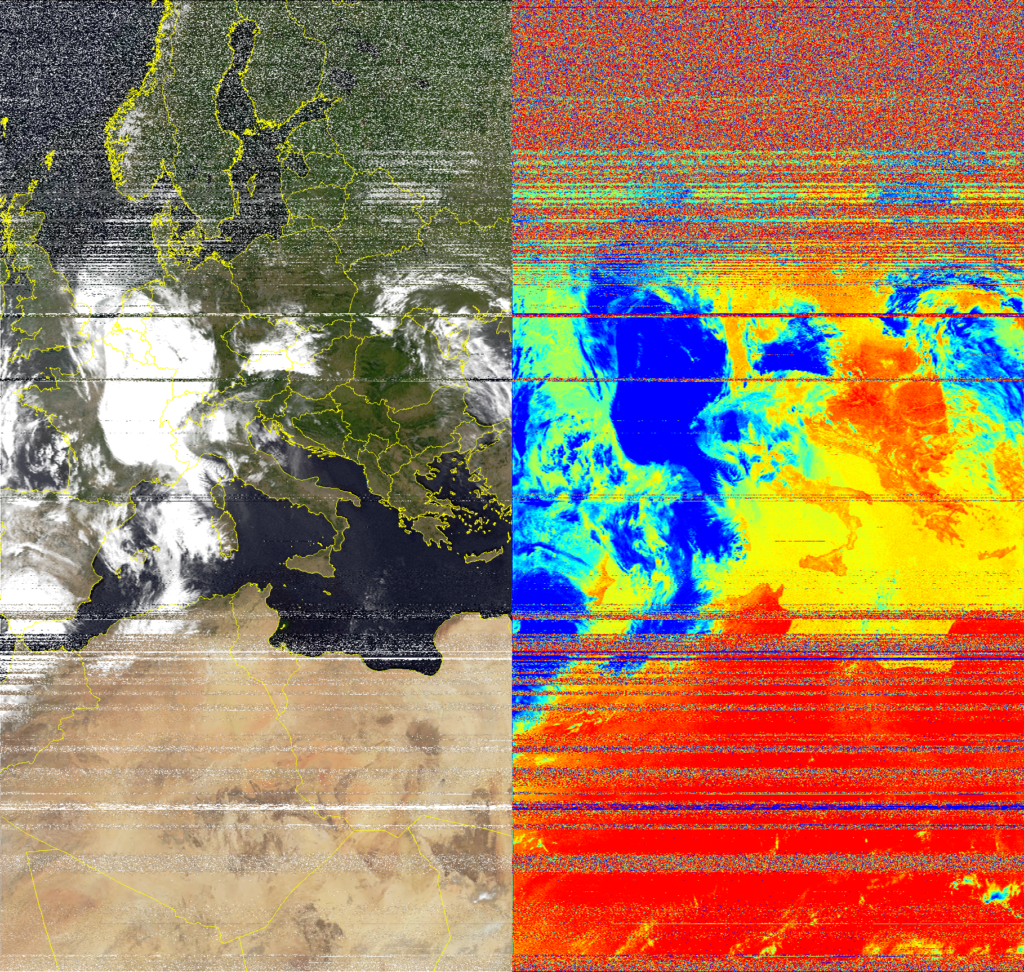
Now, using the dipole antenna as a proof-of-concept, the team is moving onto bigger and better things. More specifically, two new antennas are being assembled, capable of receiving weaker signals from much further away. Indeed, the UHF Cross Yagi antennas the team was looking forward to some months ago are now here, and ready to further the project! This architecture can now easily receive signals directly from LEO satellites, even those with low power such as CubeSats! These new antennas feature a drastically increased directionality and amplification, opening up possibilities to receive drastically more signals. The team next wants to implement a rotor/rotator and develop some software so that the data collection can be automatic, including scheduling the antenna for upcoming satellite passes as well as a signal lock-on functionality, all granting more efficient operation.
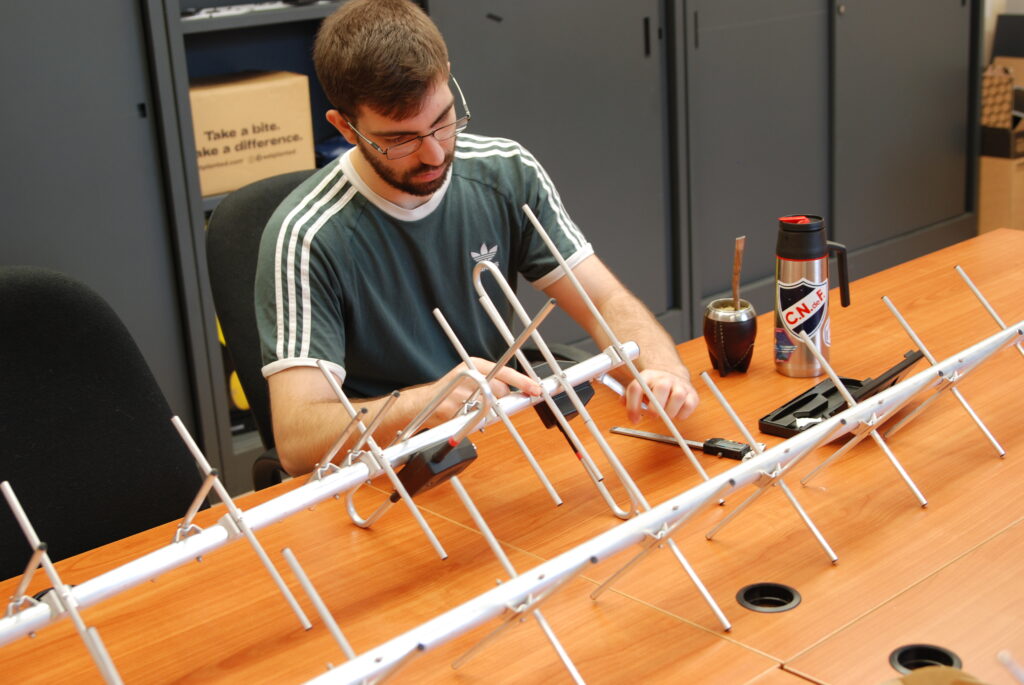
Under project manager Martín Degener, the ground station continues to take great strides, and with the new antennas being closer than ever to realization, excitement is in the air! Much was learnt from the original proof-of-concept, and the team is eager as ever to keep working towards their goal.
SPARC
Space is, physically, quite harsh, but we have gotten closer to making it physically habitable. However, as feeling and thinking beings, the psychological aspect of our living conditions is essential, to say the least. The SPARC (SPace ARChitecture) project aims to bring this to the forefront by creating more human-centered space habitats, utilizing Virtual Reality (VR) to evaluate and improve interior layouts designed by architects. Instead of relying solely on technical 2D drawings or 3D renderings, VR allows more direct consideration of factors like the feeling of confinement, which is difficult to gauge through traditional methods. Collaborating with students from Prof. Valentina Sumini’s architecture course at Politecnico di Milano, SPARC has already developed and visualized an interior habitat concept focusing on human comfort and wellbeing, which will be presented at the IAC24 and Space Architecture Symposium.

Looking ahead, SPARC plans to streamline and adapt this VR testing process to larger habitat concepts, accelerating further design iterations. If historically the approach has been one of bare-minimum survival-at-all-costs, SPARC can be summed up with the word “comfort”. As the presence of humans expands into space, human habitats on the surface of the moon and mars will need to be designed to allow existence beyond mere survival, and realizing what this would imply by stepping into the simulated spaces continues to be a key aspect to improve our eventual wellbeing as a spacefaring species.
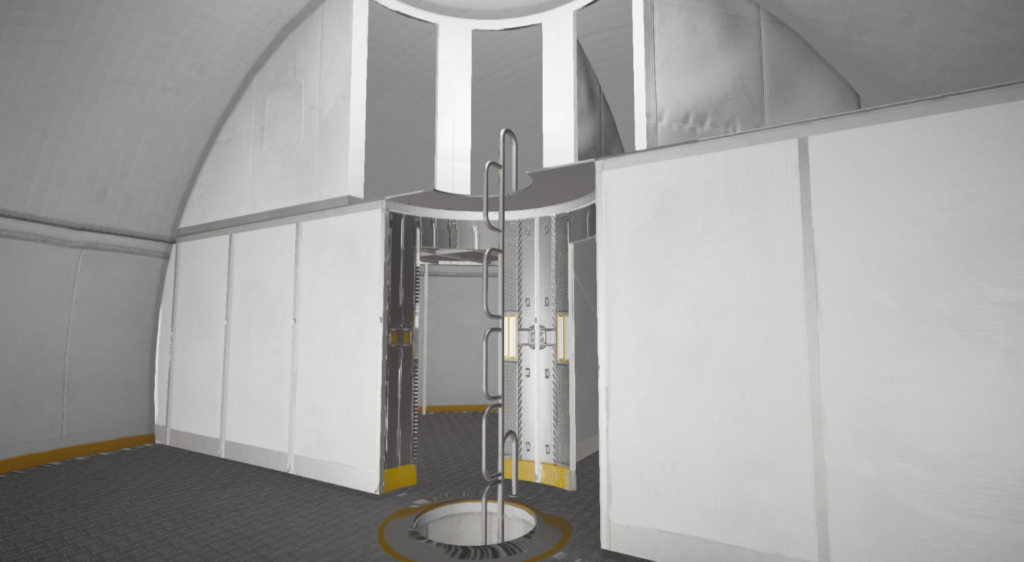
With the vision of project manager Anna Vock, we’re getting to see first hand how our future may look, and we are excited to see more! With the SPARC team hard at work and pushing multidisciplinary boundaries, what comes next may just take you out of this world.

